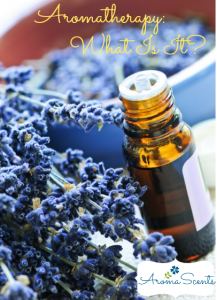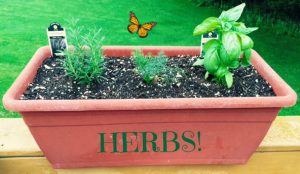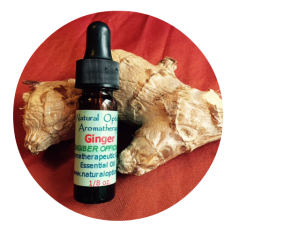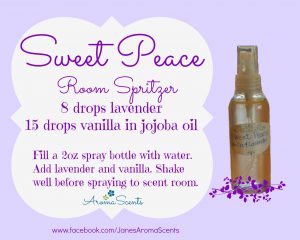3 Ways to Brighten Your Day with Sweet Orange Essential Oil
 I have fallen in love with sweet orange essential oil.
I have fallen in love with sweet orange essential oil.
I just can’t get enough of it lately. Maybe it’s because it’s early spring, and I am ready for sunshine and balmy breezes to replace the gray, chilly days of late winter in Indiana. Or perhaps it’s because of the uplifting properties of orange. Whatever the reason, I’ve been using orange a lot lately in my synergies and products for clients.
More Than an Aroma
While there’s no denying the lovely aroma of sweet orange, this essential oil doesn’t just smell good; it’s also a valuable addition to aromatherapy products because of its main therapeutic properties:
- Anxiolytic (anti anxiety)
- Antidepressant
- Nervine
Historically, sweet orange has been used for the conditions of anxiety, depression, agitation, challenging behavior, and disturbed eating patterns. So it’s not a stretch that this essential oil is known for being warming, happy, uplifting, and cheerful. Honestly, it smells like sunshine in a bottle.
3 Ways to Use Sweet Orange
Let’s look at some ways sweet orange can brighten up your life.
- Sunshine Whipped Body Butter. One of my favorite ways to use sweet orange is in a whipped body butter. I recently made a whipped body butter for a client using sweet orange and lemon essential oils. It’s a bit of a process to make, but, oh my, the results are well worth it. This body butter looks and smells like the lightest, most luscious whipped cream frosting you’ve ever seen. I could barely refrain myself from sampling it! Here’s a picture as I was whipping it in my mixer. I make mine with a mango seed butter, coconut oil, and jojoba seed oil base. I then add the essential oils, including lemon essential oil for its uplifting and immune-enhancing properties as well. The orange and lemon complement each other nicely and create a heavenly aroma.
- Keep Calm Inhaler. Inhalers are such a convenient way to take aromatherapy with you wherever you go — they’re actually one of my biggest sellers. Compact and unobtrusive, they slip easily into a purse or pocket, yet they deliver a powerful dose of aroma whenever you need it. Inhalers are easily customized to whatever condition you’re trying to address. When you’re feeling uptight, make up this blend of sweet orange, vetiver, and ylang ylang. Its a simple process:
- Get an empty inhaler and add 2 drops of vetiver, 8 drops of ylang ylang, and 15 drops of sweet
 orange to the cotton insert. Cap it and you’re ready to go! Here’s the simple recipe. If you’d rather not make it yourself, you can order one at my online store.
orange to the cotton insert. Cap it and you’re ready to go! Here’s the simple recipe. If you’d rather not make it yourself, you can order one at my online store.
- Get an empty inhaler and add 2 drops of vetiver, 8 drops of ylang ylang, and 15 drops of sweet
- Diffuser. Sweet orange makes a lovely blend with many other essential oils to diffuse for a quick pick-me-up. One possibility it to diffuse 4 drops of sweet orange with 4 drops of lavender and 4 drops of bergamot for an uplifting home fragrance. Keep in mind that if you use the water type of diffusors, orange oil may stain the water reservoir a bit. I have found that adding about half water and half vinegar to the diffusor and running it for a few minutes cleans it up. Also, take a Mr. Clean Magic sponge and that does the trick too.
Sweet orange is a versatile essential oil and can be used in myriad ways. Use my ideas as a starting point and let me know what you come up with in the comment section below.
Contraindications
Important: Always keep essential oils out of the reach of children as they can be dangerous and even fatal if ingested in large amounts. Treat essential oils as you do medication: safely stored away from little hands.
Some citrus essential oils are phototoxic, especially the ones that are distilled, rather than being extracted through cold expression. Be careful of sun exposure if you are using citrus oils dermally.
I hope you fall in love with sweet orange as I have. It is a cheerful addition to any home. If you don’t want to experiment with the oil yourself, you can order from my store. Products are available for both shipping and local pickup if you live in the Indianapolis area!
Escentually yours,





 our hand, rub both hands together, and inhale the fragrance. I like to use lavender for this, since it is safe to use undiluted.
our hand, rub both hands together, and inhale the fragrance. I like to use lavender for this, since it is safe to use undiluted.






